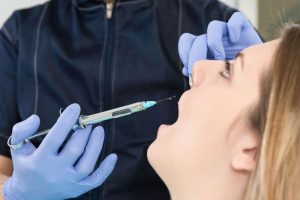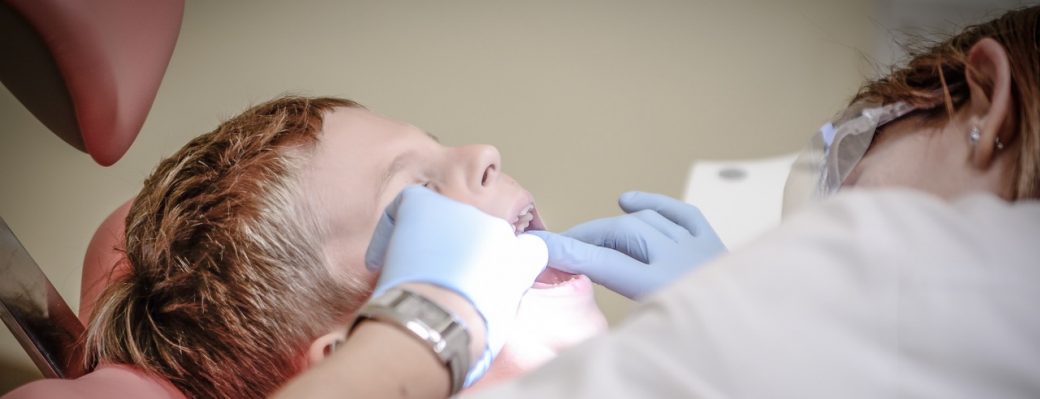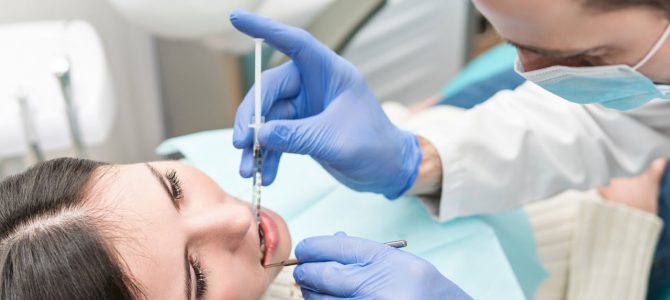In dentistry, local and general anesthesia is used, providing the optimal analgesic effect at the stage of carrying out various procedures. The work of the dentist includes the extraction, prosthetics, and cleaning of teeth. Many of the dental procedures involve surgery. Since this can be extremely painful due to the massive amount of nerve endings in the mouth, experienced dentists usually use anesthetics to reduce discomfort during operation.
Most dentists use light local anesthesia like the one in Dental Practice @dentistBoxhill, which is an injection with potent painkillers that provide temporary numbness. The effect of such anesthetics is limited to 30-60 minutes.
General anesthesia is used only in case of severe surgical interventions in the treatment of teeth under general anesthesia.
The side effects of dental anesthesia have several varieties.
Side effects of local and general anesthetics:
- Hematomas, areas of redness and swelling.
- One of the most common potential side effects of dental anesthesia is the development of hematomas. Many anesthetics are injected through an injection into the sky or area near the damaged tooth. If the needle pierces or pinches the vessel, blood may leak and collect below the surface of the skin or gum tissue. This leads to edema, redness, and hematoma.
- Paresthesia
- Is a rather severe disease caused by massive damage to the nerve endings. Local anesthetics for dental procedures anesthetize the tissue adjacent to the injection site. Since it takes time to start the action of painkillers, the patient may experience partial numbness in the mouth or face.
 Allergic reaction.
Allergic reaction.- Mainly due to the individual intolerance of some active substances by the patient. For example, dentists are less likely to use Novocain in their work, since the group of esters to which this drug is a part causes an acute allergic reaction. Although lidocaine is considered a highly toxic agent, the analgesic effect after its use is much higher than that of novocaine.
- Toxicity to the central nervous system.
- The compounds used for low-quality dental anesthesia quickly move into the bloodstream and are absorbed by the body. This primarily affects the functioning of the brain, which leads to the toxicity of these drugs for the central nervous system. Side effects from the use of nitrous oxide occur in case of a severe overdose. Laughing gas can cause hypoxia, which is a consequence of increasing the amount of oxygen in the blood. One of the signs of hypoxia is severe dizziness caused by a low influx of oxygen into the brain. It can also lead to the expansion of the lungs filled with air.
Conclusion
If during the procedure you have signs of side effects, the dentist can stop the process and recommend another type of treatment, or continue the process by selecting a different kind of local anesthetic after the drug has passed. In this case, the dentist should note this case in the dental chart to ensure the safety of dental procedures in the future.


